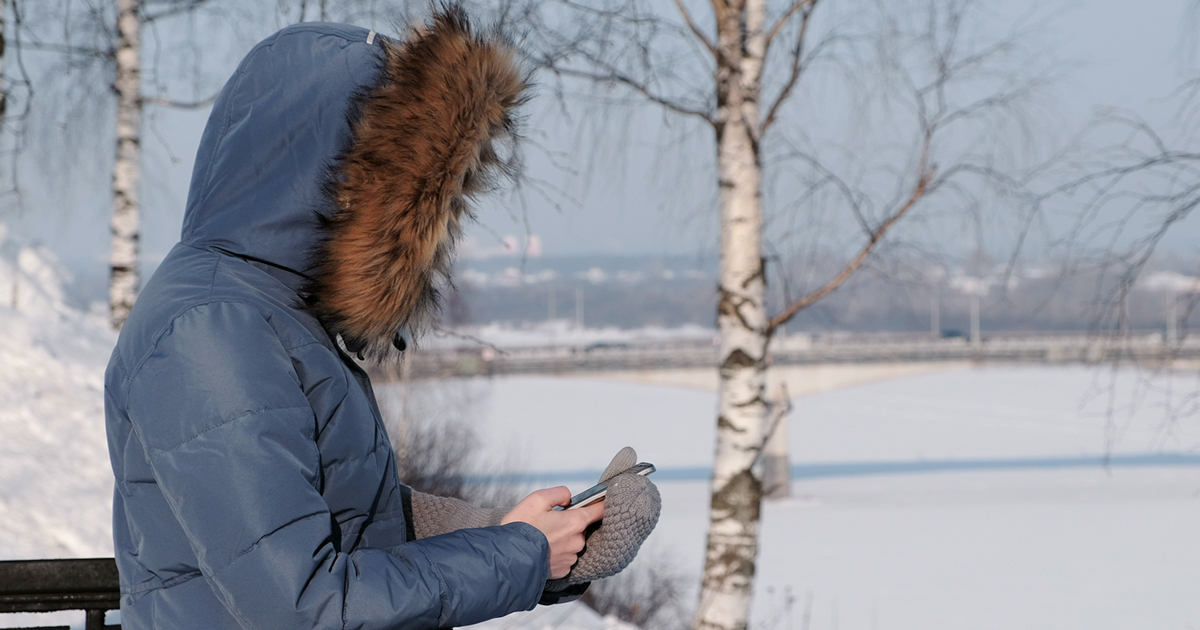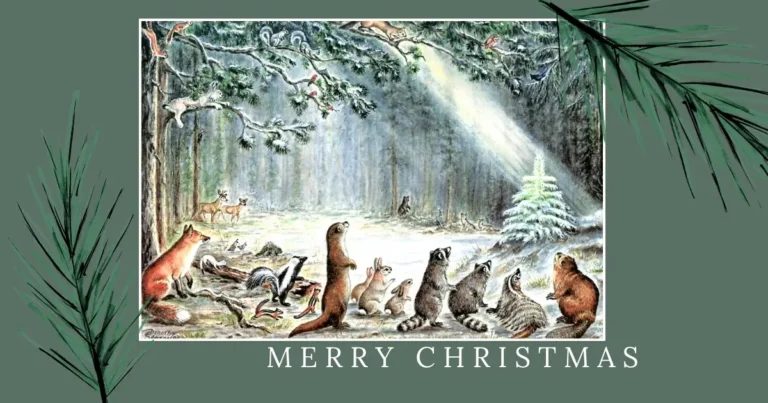
There are two main viewpoints in whether it is ethical to wear coyote (or other animal) fur, as commonly seen on Canada Goose and other parkas. There are those who claim it is ethical to kill coyotes and skin them, using only the fur and selling it as a commodity for an unnecessary fashion accessory. There are also those who claim it is not ethical, compassionate or environmentally wise to do so. But there’s a missing perspective never asked: what coyotes want.
To many (including those who don’t think coyotes should be killed for fashion) this sounds a bit preposterous. But the science suggests it shouldn’t be.
Biologists and even those in the wildlife business who support the mass slaughter of coyotes will call them intelligent, cunning and curious. Coyotes have found ways to live comfortably alongside humans, largely out of sight while in major urban centres and with little impact on their daily activities. Coyotes display empathy in their play and complex social lives. They have numerous distinct vocalizations used in various ways to communicate with other coyotes. In the face of extermination campaigns and killing contests, coyotes use their incredible intelligence and adaptability to survive.
While distinct, coyotes are also very similar to the 8,000,000+ domestic dogs with whom we share our homes and spend billions on annually in Canada.
We cannot simply ask a coyote what they think of the fashion of fur or what their ethical stance is on killing wildlife for profit. But we can look to the aforementioned evidence of the species and make an educated guess: they want to live.
Fur trim doesn’t represent wealth or status and certainly isn’t a sign that you’re going to stay warmer than someone wearing layers or non-animal materials. What it does represent is that a life was taken – a life that was full of emotion, experiences and a desire for family and belonging. A life that is remarkably similar to those furry animals we consider part of our own families.
The first step to compassion isn’t asking how something affects us or our experience, but how it might affect someone else’s experience. And we need to be asking that question of the animals with whom we share our communities.

